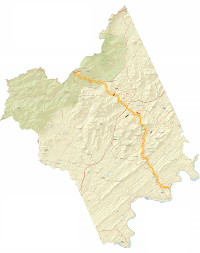by Mary Eiserman | Apr 12, 2024 | Recycling
Panelists: AI has a bigger role to play in recycling (resource-recycling.com)
Goals include using AI to try to solve some of the main challenges of the recycling business, particularly when it comes to sorting materials.
Extended producer responsibility legislation and other laws can help, but it may be possible for AI capabilities to create automated sorting processes for increasingly niche types of materials. There are other ideas for streamlining the recycling process, such as assisting in maximizing the efficiency of chemical recycling.
by Mary Eiserman | Jan 7, 2024 | Citizen Activism, Economy, Recycling
Deposit return systems and bottle bills contribute to higher rates of recycling.
Report: Bottle bill states recycle more, provide models (resource-recycling.com)
Nine of the 10 states with the highest recycling rates have deposit return systems, and that bottle bill states also contribute a higher percentage of packaging that is recycled in the U.S.
The 10 states with the highest recycling rates, excluding fibers and flexible plastics, in 2021 were: Maine (65%); Vermont (51%); Massachusetts (48%); Iowa (45%); Oregon (45%); New York (44%); California (41%); Michigan (40%); New Jersey (39%); and Connecticut (39%).
The 10 states with the lowest recycling rates were: West Virginia (2%); Louisiana (4%); Tennessee (5%); Alaska (6%); South Carolina (6%); Mississippi (6%); Oklahoma (8%); Alabama (8%); Texas (8%); and Colorado (11%).
If you would like more fiber for thought;
Research finds recoverable fiber lost to US landfills (resource-recycling.com)
Findings that a larger share of fiber is landfilled than is typically reported suggests an opportunity to increase capture. Data could serve as a wake-up call for the economic opportunity presented by increasing fiber capture rates. “Not only are we throwing away valuable resources, we are paying for it in tipping fees,” Milbrandt said.






